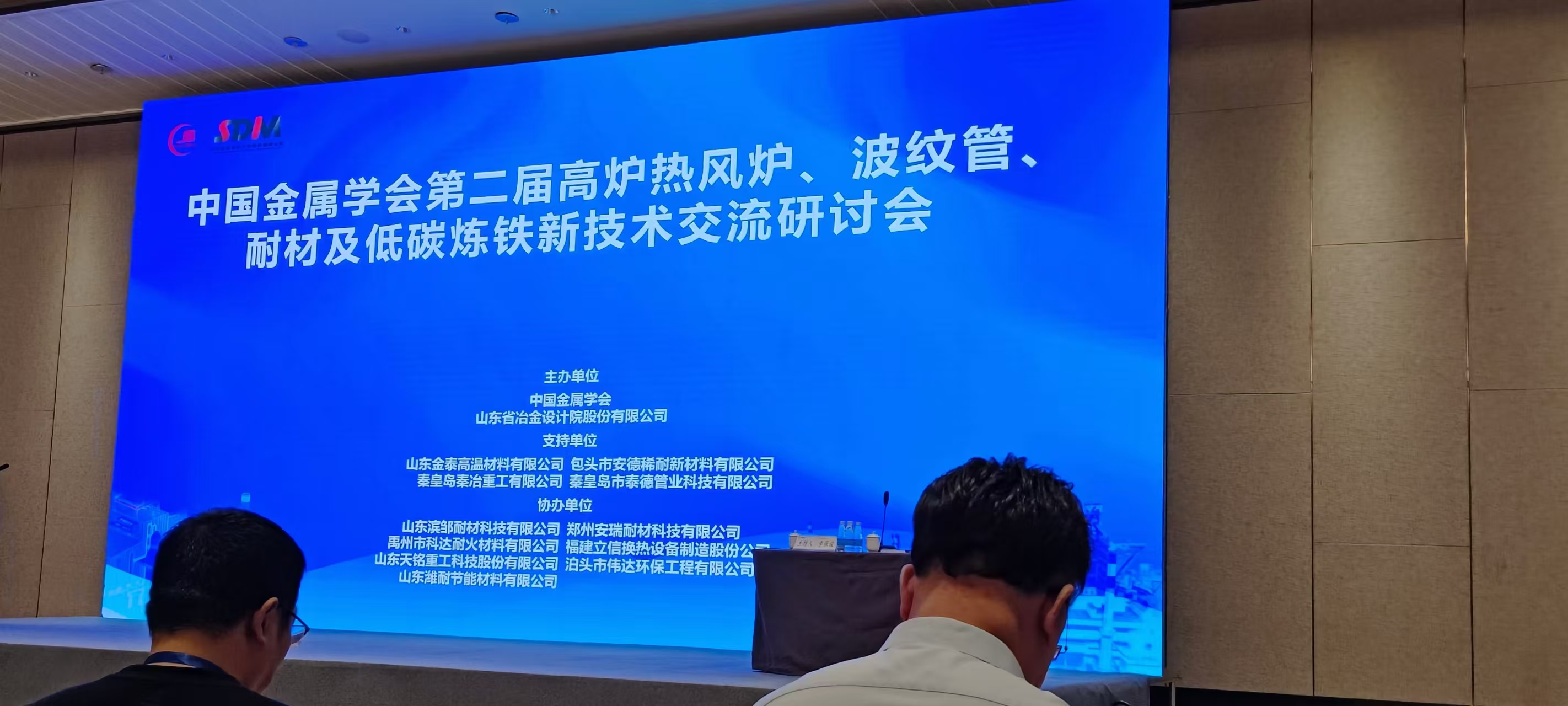2021-09-17 16:45:26
1. First of all, the refractoriness of refractories should be considered. Refractoriness refers to the performance of refractories to resist high temperature, indicating that the materials soften to a certain degree of temperature. The fire resistance must be higher than the actual working temperature. For example, the fire resistance of clay brick is 1730 ℃, while its service temperature is only 1350 ℃.
2. Secondly, the high temperature structural strength of refractories must be considered. Refractory materials will bear certain pressure and wear when used. The strength of the material will change greatly at high temperature.
3. Refractory materials should have high thermal stability. In some parts of the kiln there will be great temperature fluctuations. For example, when the furnace door is opened, cold air enters and the temperature of furnace lining drops sharply. This requires that the material has certain thermal stability (thermal shock) to ensure normal operation.
4. Refractory materials require high temperature chemical stability. At high temperature, the chemical properties of the material may change and react with the sample and furnace gas to cause failure. This requires that the chemical stability be considered in the selection.
5. Density. In order to reduce heat storage, increase heat preservation effect, reduce furnace mass and reduce energy consumption, refractory materials with low bulk density should be selected as far as possible.
6. When it is used as lining of electric furnace, its conductivity should be considered. It is necessary to select materials that are also insulators at high temperature to make refractories.





